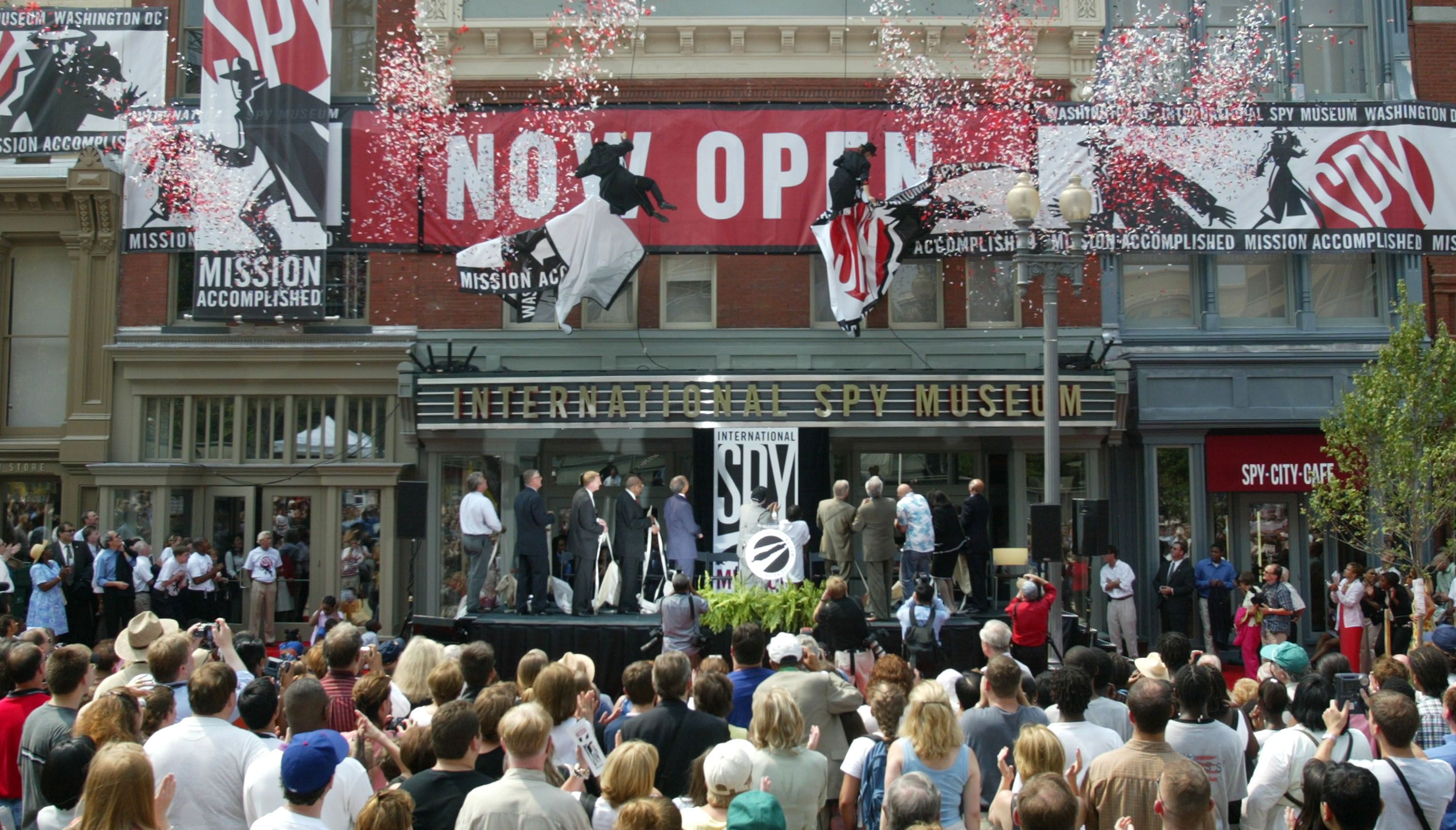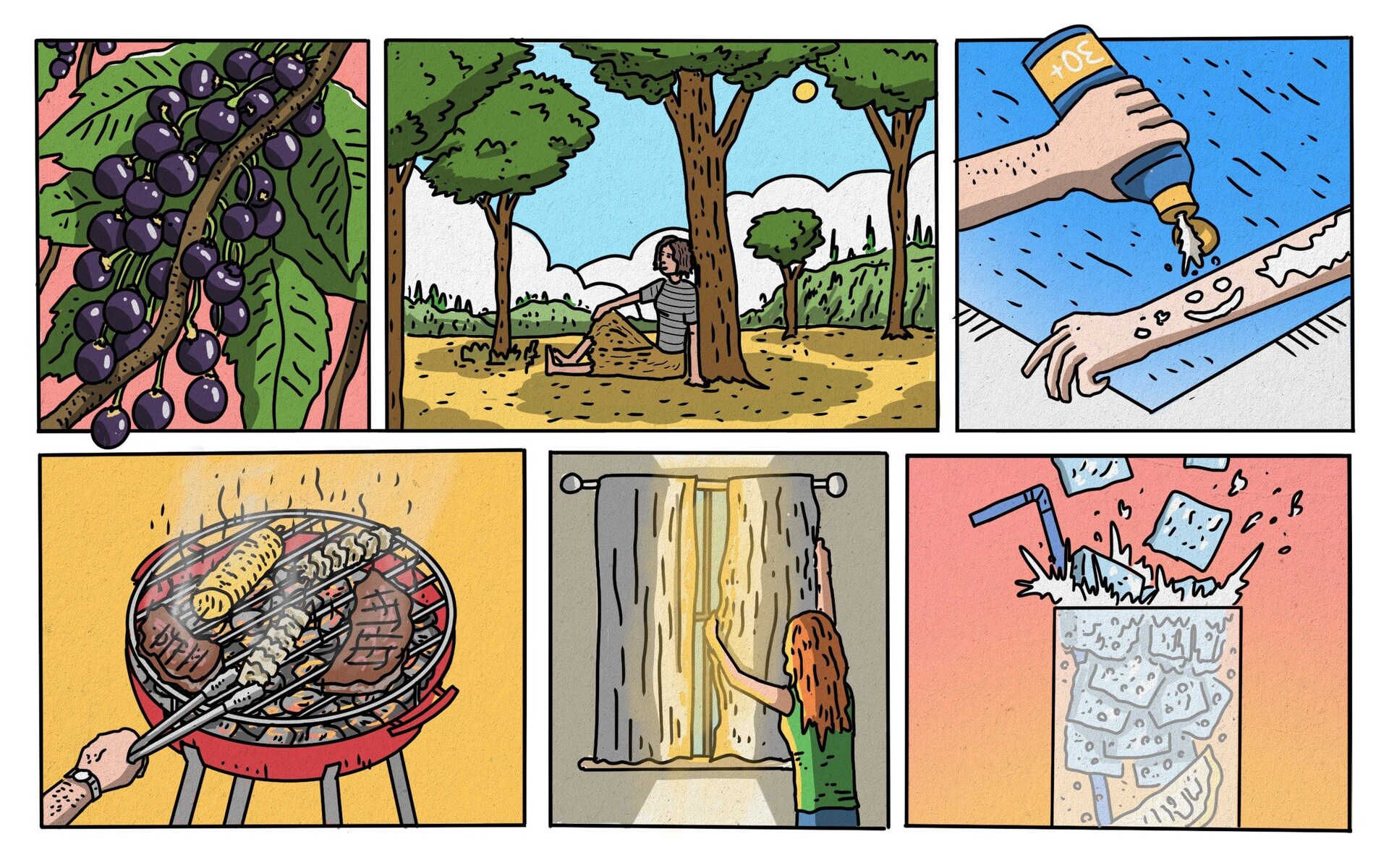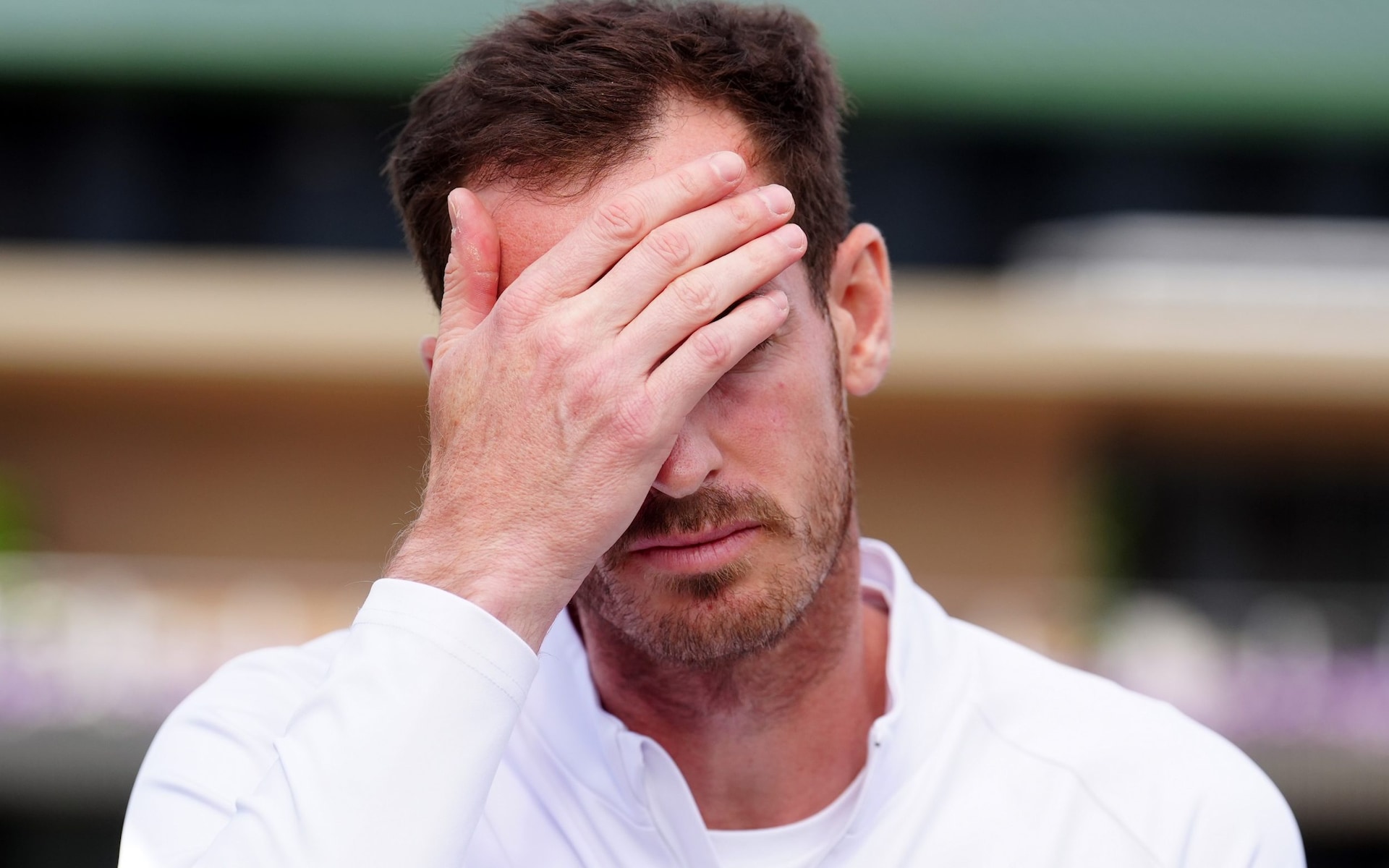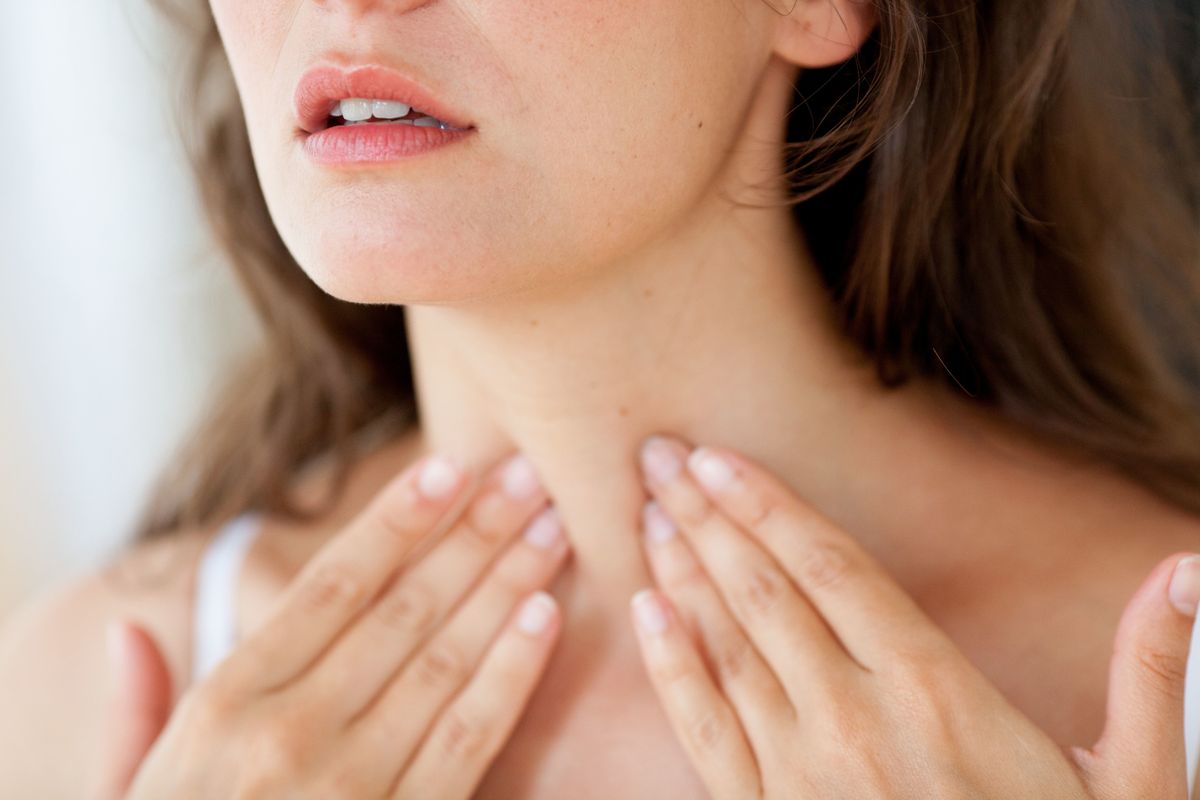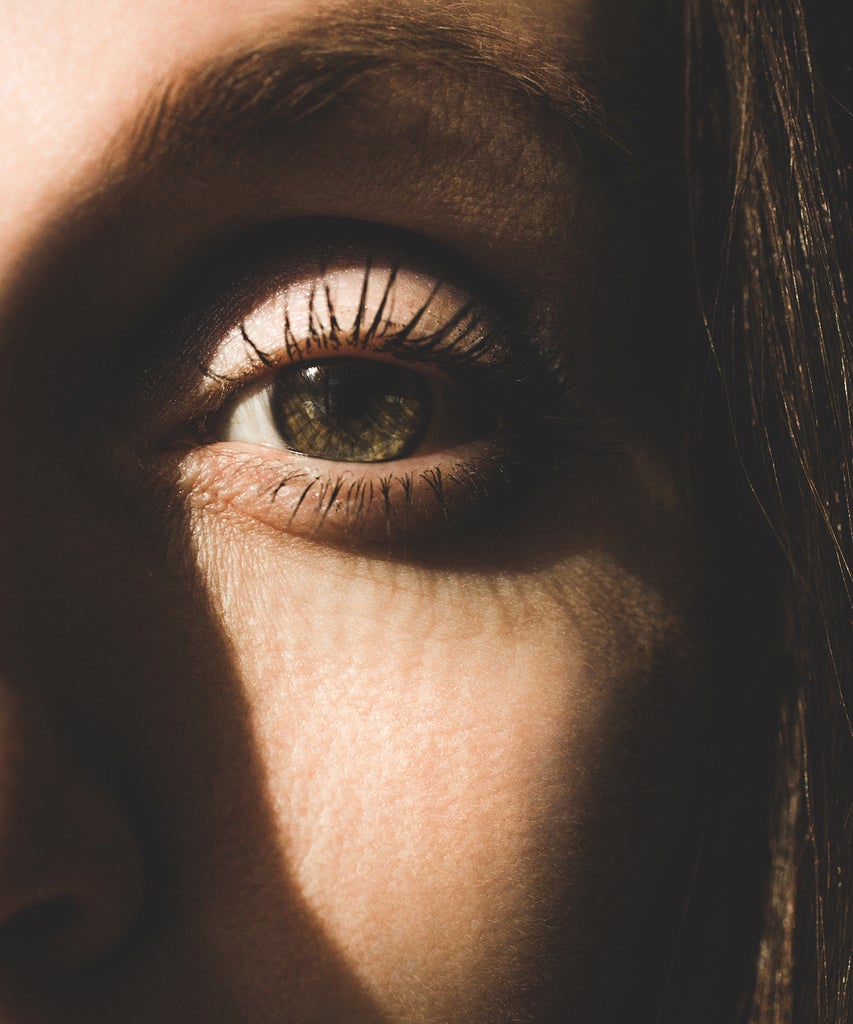
IS THIS THE END OF EYELASH EXTENSIONS?
Getting eyelash extensions used to be the beauty treatment I most looked forward to, much more so than a massage or a new haircut. Part ASMR, part meditation, the application process required closed eyes and minimal movement: a potent combination to lull even the most caffeinated person into a state of calm.
For two years, I dedicated time and money to regular lash extension and infill appointments, which I would schedule the day before holidays, birthdays and big events to give the best longevity. It wasn’t a hardship, though it was expensive, and often I would choose it over a gel manicure or pedicure; I rationalized that more people would look at my face than my toes. It made me feel instantly more put-together and — in the days of HD brows and heavy contouring — helped to cut down on the amount of makeup I was wearing. So why did I give up lash extensions and eventually eschew mascara, too? And how was I unknowingly following a wave of people on social media doing the same thing?
Why are people giving up eyelash extensions?
In April, Katrina Ruiiz, a creator and former lash technician, posted a video on TikTok that’s since racked up over 6.5 million views. Titled “Why the Girls Are Not Getting Lash Extensions Anymore”, Ruiiz breaks down the reasons why she thinks people are forgoing their lash extension appointments. In addition to reported bad customer service and high prices, Ruiiz explains that DIY lashes (which can be applied at home) are eating up the market, not an increase in other salons and technicians. “It’s affordable, convenient and fast [and] nobody’s paying a squeeze-in fee,” she says, listing the pros. “You do it on your own time and sometimes it lasts just as long as people’s lash [extension] retention. That is so hard to beat.”
In 2023, research agency Mintel found that 21% of UK beauty consumers have replaced professional beauty and grooming treatments with DIY alternatives, and an entire industry built around achieving salon-grade results at home has flourished. As the cost of living crisis, fallout from the global pandemic and inflation have eaten away at disposable income, a proliferation of brands now offer at-home solutions for eyelash extensions, lash lifts, eyebrow tinting and brow lamination, often for a fraction of the price of an in-clinic or salon treatment. It makes sense: In New York, a full set of eyelash extensions, for example, could cost upwards of $120, climbing even more in certain areas. That’s not including the recommended infills (from $30 upwards) every two to three weeks.
On TikTok, creators like Yolanda Diaz have popularized (and somewhat glamorized) learning how to do it yourself, with videos of her home treatments garnering thousands of comments and hundreds of thousands of likes. And while DIY eyelash extensions may not last as long as their salon equivalent (seven days compared to three weeks), the price makes upkeep cheaper with some sets costing under $10. But price, while a persuasive factor, is not the only reason for the drop in popularity.
I was faced with the fact that eyelash extensions could cost me the future health of my eyesight.
Alice, 30
Infection and infestation: the dark side of eyelash extensions
After two eye infections and stern words from her doctor, Alice, a 30-year-old lawyer from Sydney, abandoned eyelash extensions for good. “The first time it happened, I assumed I just got unlucky,” she tells Refinery29. “After the appointment, a crust started to develop on the base of my eyelid, just where my natural lash came out of the skin. It was sore and disgusting.”
A round of prescription eye drops later and the infection cleared up. The second time, though, was much more severe. “My doctor said that if the infection or reaction — it was hard to tell the exact cause — had got any worse, it could have seriously damaged my eye. I was faced with the fact that eyelash extensions could cost me the future health of my eyesight.”
In Alice’s case, a potential allergic reaction to the solution used or a build-up of bacteria had caused her eyelids to swell and droop, something that’s not uncommon when the natural environment of the eye is disrupted. “Our eyes are particularly exposed and vulnerable but because we’re so casual with them (applying eye makeup or lash extensions regularly), it’s easy to be lulled into a false sense of security,” explains Nicola Alexander-Cross, optometrist and founder of Peep Club. “We really only have our eyelashes and tear film to protect from all sorts of pathogens and bacteria,” she adds. Describing eyelashes as the eye’s first line of defense, Alexander-Cross details how lash extensions disrupt this natural barrier: “Eye infections can happen if there’s already bacterial growth on the eyelid, the eyelashes aren’t cleaned properly after the treatment or the extensions are applied in an unsanitary way.” Often, she tells me, an infection is the result of a combination of two or three of these factors.
If things have gone wrong to the point of injury, you can always contact a lawyer, some of which now specialize in post-beauty treatment claims including lash extensions.
Issues can’t always be traced back to the application, though. Once a technician has fitted or infilled a set of lashes, the onus of aftercare (gentle cleansing and regular brushing) falls on the wearer; ignoring it can lead to dangerous consequences. Oil build-up (from products but also natural oils called sebum) can cause the area around the lash line to congeal, forming platelets of dirt around the eye. In extreme cases, this can cause lash mites (known as demodex, a mite living inside human hair follicles) to multiply. While microscopic mites are entirely normal on human skin, the draw of dirty lashes is enough to trigger overpopulation and cause irritation, among other side effects. If the thought of lash extensions appeals as a low-maintenance alternative to wearing and cleansing off mascara each day, be aware that there is still upkeep that needs to be done.
A gentle lash cleanser and regular maintenance (three weeks is generally advised) can help keep unwanted infections at bay, along with resisting the urge to touch or play with your lash extensions. While it can be tempting to wear extensions beyond the recommended period of time, the potential cost to your skin and eyesight just isn’t worth it. “There are tiny oil glands called meibomian between our eyelashes that can become clogged and result in lash loss and styes over time,” explains oculoplastic and ophthalmic surgeon Dr Elizabeth Hawkes. “With eyelash extensions, it’s harder to clean the area around the lash properly, which can cause a build-up of debris and bacteria around the base of the lashes, leading to eye infections and swollen, itchy eyes.”
That’s not to say that eyelash extensions inevitably result in eye infections and sore reactions. Not at all. I have sensitive, finicky skin and never had a contraindication during the two years I religiously had extensions applied, infilled, removed and applied again. The lash technicians at the salon I attended were extensively trained and hypervigilant about sterilization and sanitization. Were this not the case, I could have been in serious trouble. Most of us, though, aren’t adequately clued up about the experience our technicians should have. According to a 2022 survey conducted as part of the launch of Salon Rated, 87% of people look to Instagram when finding a new beauty professional and 48% rely on word of mouth for recommendations.
In the US, the qualifications required to become a professional lash technician vary across states. In most, a cosmetology and esthetician license is needed. Anna B, a lash extension technician at Browfique, tells me that classes often include learning about the anatomy and physiology of the hair, skin and eyes, along with client safety protocols such as accurate measurement of lash length, weight (some extensions can be far too heavy for your natural lashes) and the amount of adhesive used, as well as how to administer patch tests and give aftercare instructions.
Yet there isn’t anything stopping people without qualifications from having a go. Professional-grade adhesives and lash extensions are readily available online and many of the websites selling such products offer training videos on how to use them. If you’re ever in doubt about a prospective technician’s qualifications, ask the question. Excessive pushback or refusal to answer should be an immediate red flag.
When things go wrong — not always but it can happen — it’s best to seek out the advice of an optometrist or doctor. They’ll likely use a microscope to see what’s happening and help make an accurate diagnosis. And if things have gone wrong to the point of injury, you can always contact a lawyer, some of which now specialize in post-beauty treatment claims including lash extensions.
Bia Rodrigues, a 30-year-old fashion industry professional, found that eyelash extensions were damaging her natural lashes — the result, she suspects, of poor application. “I quit them after a year because I didn’t think they were worth the damage or the price,” she shares. “Now, I love my natural lashes. Once every 12 months-ish, I like to get a lash lift but that’s only so I don’t have to bother with mascara for a while.”
Are cluster lashes and growth serums better than eyelash extensions?
Like Bia, eight years after first trying eyelash extensions, I had almost completely sworn off eye makeup, saving mascara for special occasions. And I wouldn’t be alone in doing so.
An offshoot of the divisive “clean girl” beauty movement, the transition away from professional lash extensions and lashings of mascara has gripped a subsection of TikTok. There, posts focus on magnetic and individual cluster lashes, both of which can be applied at home. One video, viewed over 9.5 million times, shows beauty creator Lucy applying individual cluster lashes. The comment section is filled with questions about longevity, durability and ease of application, with commenters asking for her “lash map”: the order in which she applied each length of cluster.
For those eschewing extensions altogether, there are lash growth serums, which have tumbled in price as affordable brands like The Ordinary and benefit Cosmetics join the market. The results are too impressive to be ignored, especially as questionable ingredients like prostaglandin (which has been linked to reports of eyelid hyperpigmentation, skin reactivity and styes) are swapped for non-irritating conditioning ingredients like peptides.
Whether you choose to wear eyelash extensions or stick with mascara is entirely up to you. The key thing to remember is that your eyelashes are, crucially, functional things, designed to keep your eyes free of bacteria that could cause serious damage. Cleansing them properly and staying vigilant for signs of infection are non-negotiables.
2024-06-28T10:10:13Z dg43tfdfdgfd


